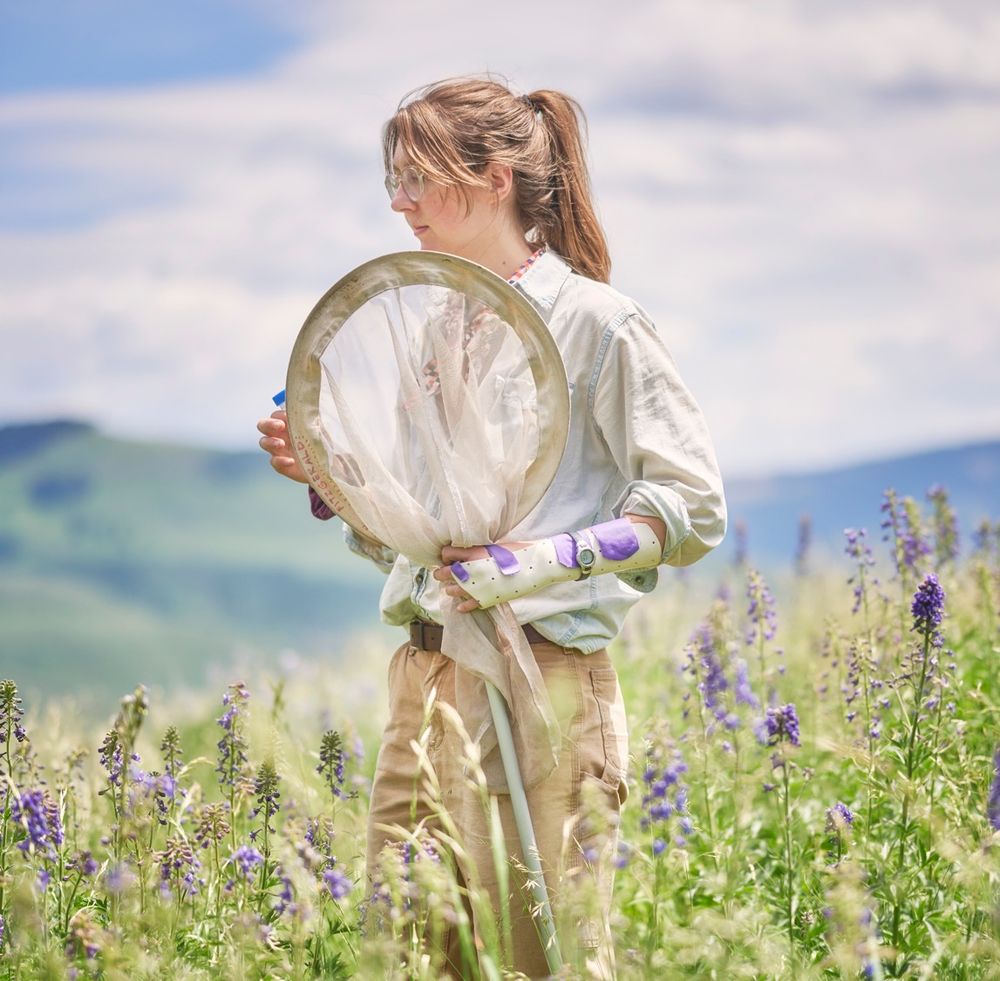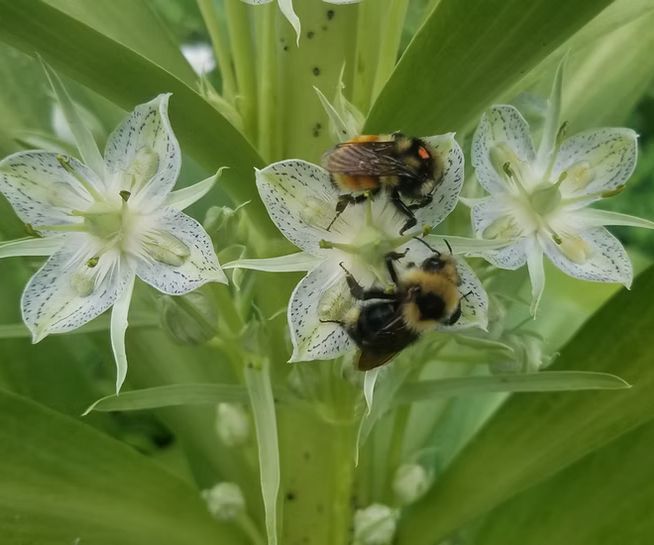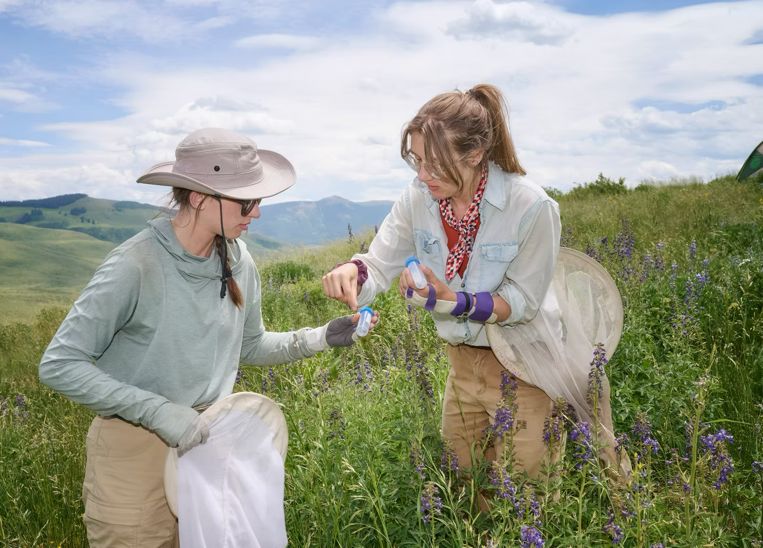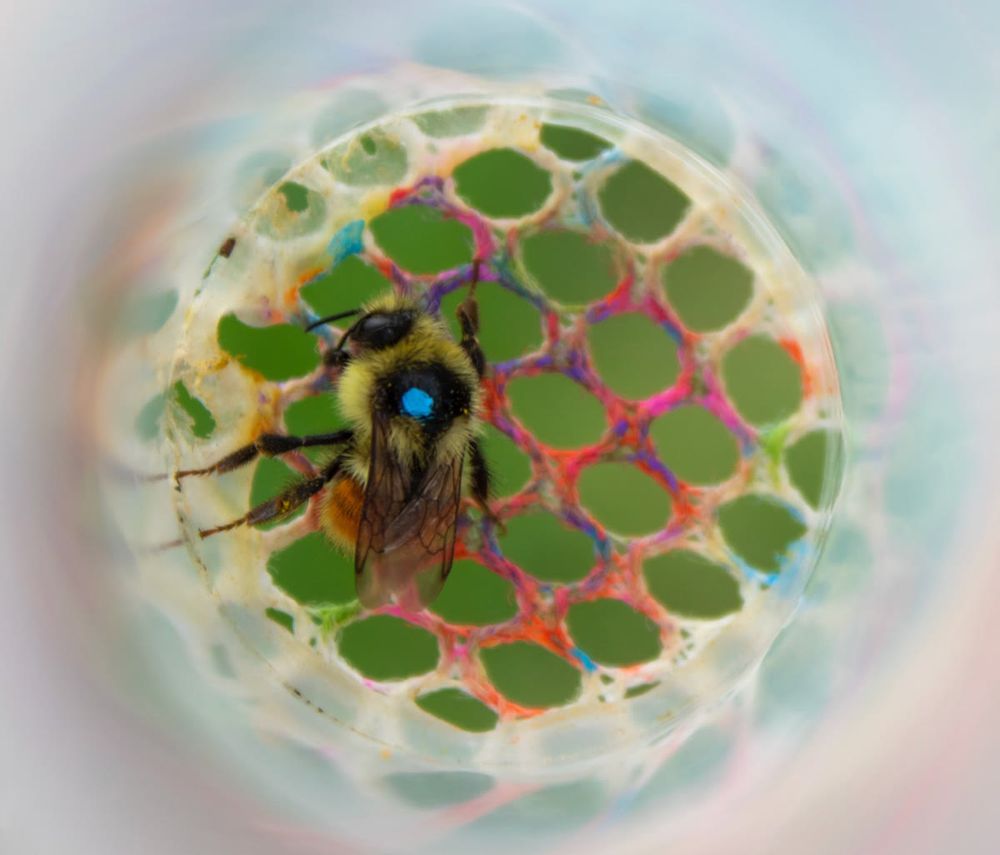


📸 of rusty patched bumblebee by Terry Miesle

📸 of rusty patched bumblebee by Terry Miesle


No, according to a long-term study from @ChicagoBotanic scientists. By documenting how flowers vary in nutritional value and attract different bees, we can be more strategic in what we plant to support bee populations. 🐝



No, according to a long-term study from @ChicagoBotanic scientists. By documenting how flowers vary in nutritional value and attract different bees, we can be more strategic in what we plant to support bee populations. 🐝
Applications accepted until October 24th at this link:
https://www.hostplant.net/bees-on-the-block.html

Applications accepted until October 24th at this link:
https://www.hostplant.net/bees-on-the-block.html




www.chicagobotanic.org/blog/plant_s...

www.chicagobotanic.org/blog/plant_s...





Learn more about the newly discovered magnolia species they'll focus on: https://tinyurl.com/rare-magnolia
🧪




Learn more about the newly discovered magnolia species they'll focus on: https://tinyurl.com/rare-magnolia
🧪



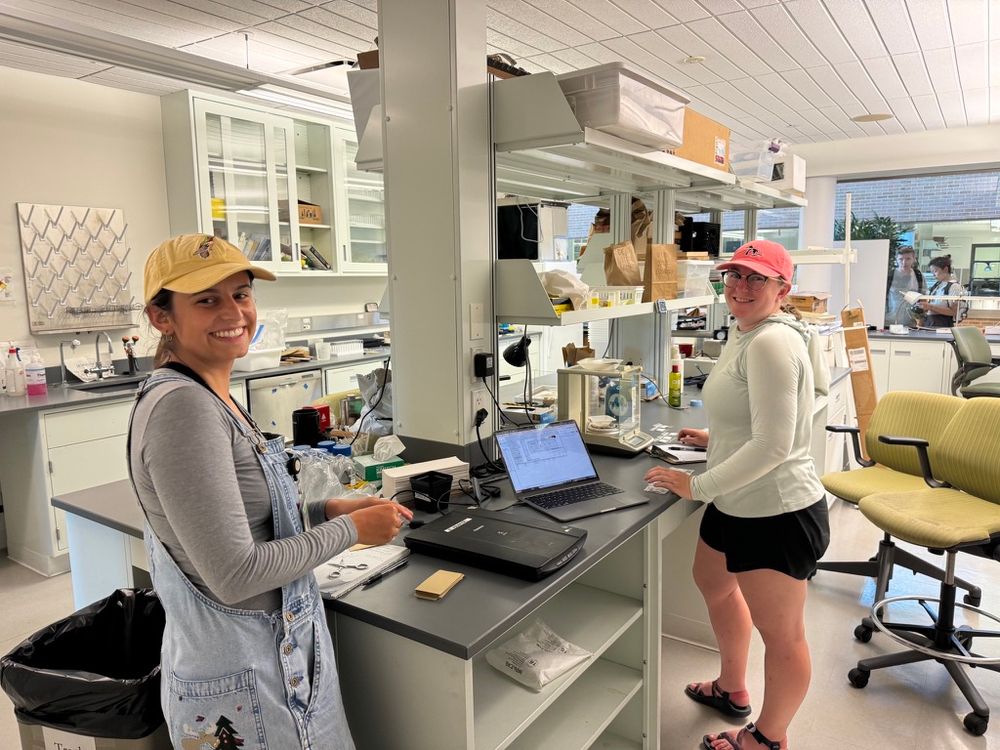
We’re keeping a close eye on our native seed beds at Windy City Harvest’s Rodeo Farm, waiting for the perfect time to harvest. Learn more about our native seed efforts: https://tinyurl.com/cbg-natse 🧪




We’re keeping a close eye on our native seed beds at Windy City Harvest’s Rodeo Farm, waiting for the perfect time to harvest. Learn more about our native seed efforts: https://tinyurl.com/cbg-natse 🧪













Gretel Kiefer, manager of the Plants of Concern program, found this half-black bumble bee (Bombus vagans) visiting low bindweed (Calystegia spithamaea), a rare Illinois native plant. 🧪
Gretel Kiefer, manager of the Plants of Concern program, found this half-black bumble bee (Bombus vagans) visiting low bindweed (Calystegia spithamaea), a rare Illinois native plant. 🧪




Pictured: A federally endangered rusty patched bumble bee (Bombus affinis) visiting an Illinois endangered Kankakee mallow (Iliamna remota) at Chicago Botanic Garden.
📷: @beesearcher.bsky.social
🧪
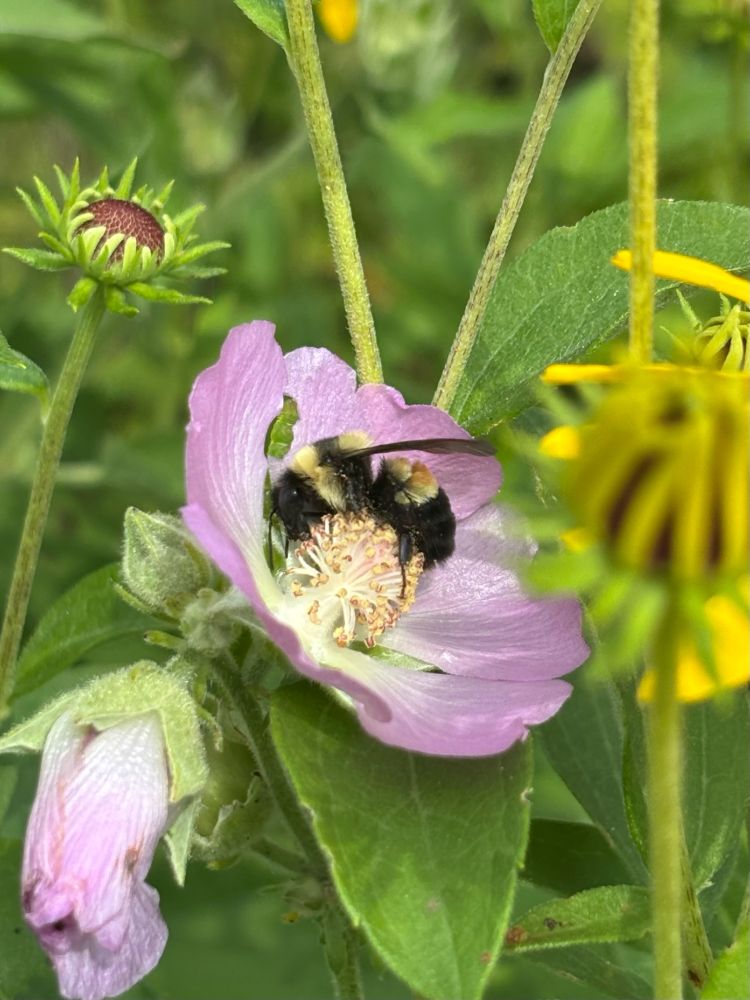
Pictured: A federally endangered rusty patched bumble bee (Bombus affinis) visiting an Illinois endangered Kankakee mallow (Iliamna remota) at Chicago Botanic Garden.
📷: @beesearcher.bsky.social
🧪
